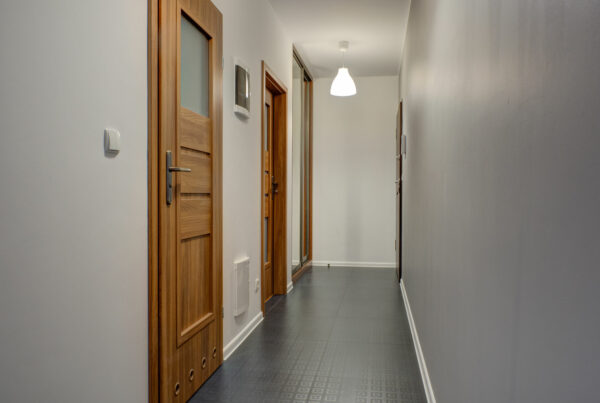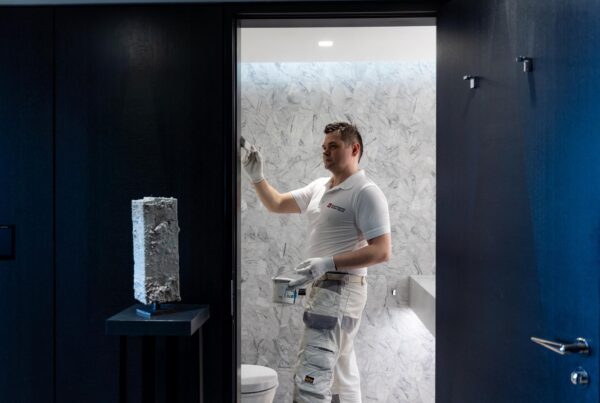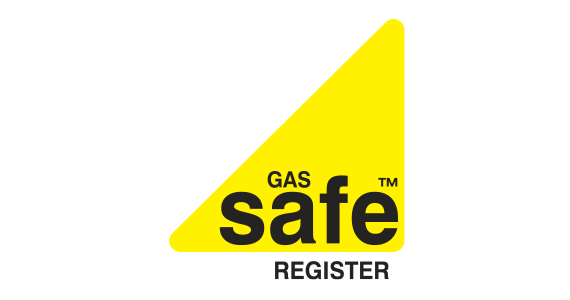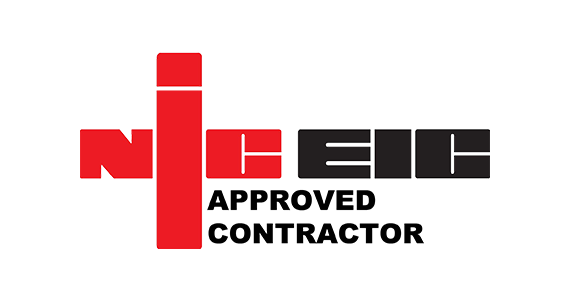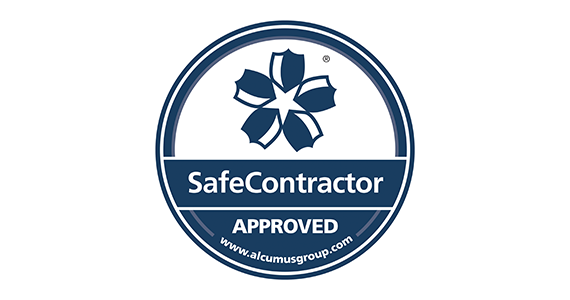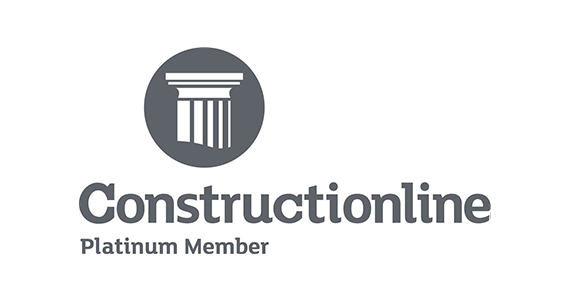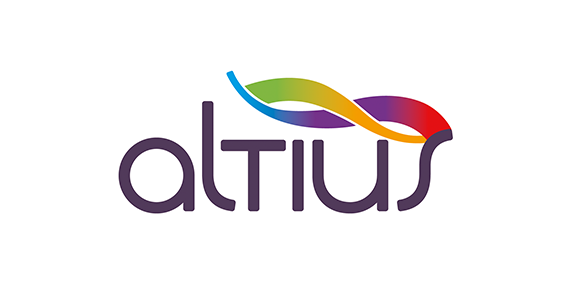“Managing Agents can no longer afford to ignore what’s behind the front doors”, explains Chris Ball.
Think about a typical building or scheme in your portfolio. Unless residents’ meetings are hosted there, you are unlikely to step beyond the threshold of an apartment, and why would you? Your remit is to look after the fabric of the building, its common areas and M&E, but that leaves most of the building essentially unmanaged. The apartments are entirely the leaseholders’ individual responsibility. May I beg to differ?
Sophisticated high-tech systems have resulted in a greater inter-dependence between your common parts obligations and the demised areas; one can’t work effectively without the other and the domino effect of a lack of service regime can result in an entire building of disgruntled residents, adding to your already heavy workload.
Have a flick through an O&M manual and you’ll start to see the sophistication. How familiar are you with Mechanical Ventilation with Heat Recovery (MVHR), Heat Interface Units (HIU) and Fan Coil Units (FCU)? And what about the NOx Units – who is looking after those? And this is before we have considered the obvious maintenance requirements for fire safety, security, water quality and energy efficiency.
As the managing agent, you have an obligation to help the developer preserve the warranties on this high-tech equipment. If it is not serviced in line with the manufacturer’s requirements and it goes wrong, your client may be faced with an unexpected cost.
There are lease requirements to adhere to as well. Pick up a lease of a high-end modern apartment and study the landlord’s and leaseholder’s equipment maintenance obligations. For instance, an FCU within the apartment may be a landlord’s obligation to maintain, or the leaseholder’s!
Warranties and lease covenants aside, advanced heating, cooling and air filtration systems need to be professionally maintained to ensure their reliable and effective operation, whatever the season. Modern apartment maintenance has become a job for the experts, and leaving leaseholders to engage inexperienced contractors is a high risk strategy.
I look at the BTR model where an integrated approach is fundamental to the lifecycle of the building and vital to the health, safety, wellbeing and general feelgood factor of its residents.
There are, of course, significant differences between block and BTR – there are no section 20 obstacles in BTR, and generally BTR/PRS operators use fewer, better qualified contractors. But the building safety and fire safety bills will mean much more attention to the insides of the apartments, bringing the two sectors’ maintenance and compliance approaches more closely aligned.
Acknowledging that the leaseholders have important obligations towards the plant and equipment in their apartments, how can you help them to be compliant? For a start, the willingness to embrace holistic building management and maintenance is essential. That’s easier said than done particularly with what block managers have on their plates today (Covid-19, cladding, health and safety reform, impatient leaseholders working from home). However, brand-new apartment schemes often come with on-site staff who, with improved levels of training, can do far more resident liaison on your behalf.
Ensure there are online guides to everything and that they are complete – not just for the HIUs and FCUs – but for the leak detection, Crestron panels, video entryphone and even the dishwasher! Reach out to your trusted contractor to take a good look at your O&Ms for you.
From the entrance door, to the plant room door and beyond the apartment door, now is the time to embrace the change. Putting the requirements of the leaseholder alongside the requirements of the landlord should lead to significant improvements in the health of the building and its residents – what is there to lose?
Chris Ball
Managing Director




